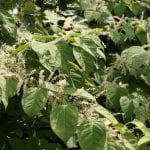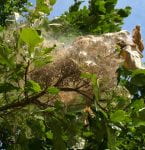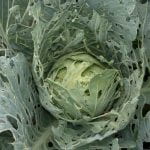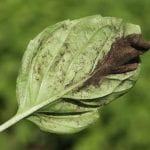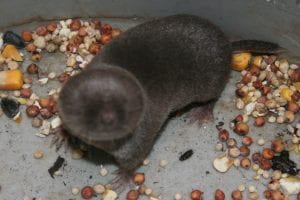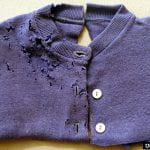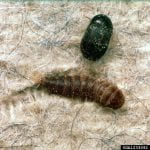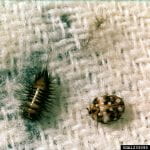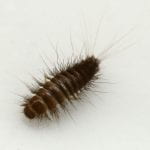October 2021
Garden Maintenance
- Put down your pruners and leave a messy garden for overwintering beneficial insects.
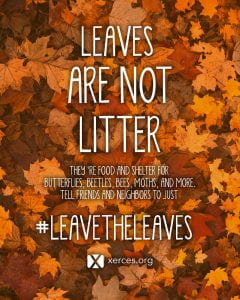 Protect overwintering butterflies, beetles, bees, moths and more beneficial insects by leaving the leaves!
Protect overwintering butterflies, beetles, bees, moths and more beneficial insects by leaving the leaves!
- Make more plants!
Webinar: Make More Plants! Fall Propagation of Native Perennials – CCE Tompkins County
- Dig up tender bulbs and tubers (i.e. cannas, dahlias, elephant ears, caladiums, etc.) and store them for the winter in a cool dry place.
Storing Tender “Bulbs” for Winter – University of Wisconsin-Madison Extension
-
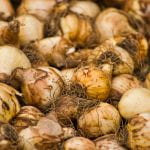
Tulip bulbs Plant spring-flowering bulbs.
VIDEO: Planting spring bulbs is easy! – University of Minnesota Extension
- There is still time to plant trees and shrubs.
- Remember to water newly planted trees and shrubs until the ground freezes.
Pest Watch
-
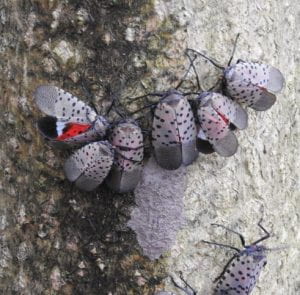
Spotted lanternfly adults and eggs Learn more about the Spotted Lanternfly.
VIDEO: Spotted Lanternfly: A New Invasive Pest – NYS IPM
- Help keep spotted lanternfly from spreading! This invasive insect can lay its eggs in any surface, so make sure you check your car and any items that have been outside when traveling, especially in areas of know infestation like NJ and PA.
Confirmed Spotted Lanternfly Locations – NYS IPM
Checklist for Residents – Pennsylvania Department of Agriculture
Spotted Lanternfly Public Report
- Do a daily tick check whenever you spend any time outside!
- Got ticks? Get them tested for free!
- Learn how to keep mice, stinkbugs, and other unwanted pests out of your home this fall.
VIDEO: Keeping Pests Out of Your Home this Fall -NYS IPM
Vegetable Gardening
-

Row cover Remove and dispose any diseased plants. Do NOT put them in you compost pile.
Webinar: Winterize your Veggie Garden – Cornell Cooperative Extension Tompkins County
- Use row cover to extend the season.
- Take some time to learn more about your soil and then get it ready for spring planting.
Webinar: Understanding and Preparing Your Garden Soil – CCE Tompkins County
Happy Gardening!




